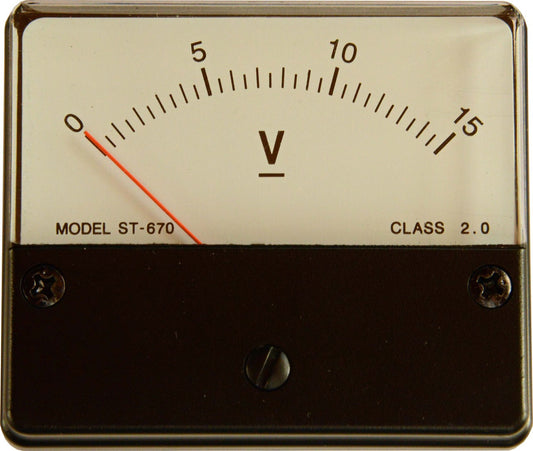My friend Jack Bybee once told me the only result of being first in the marketplace is to be the recipient of many arrows in your rear end. In his opinion, bringing new technology to market rarely benefits the brave soul that introduces it. Instead, it's better to wait until all the problems are worked out and then launch your own version of the new technology that benefits from not making the same mistakes as the early versions. Jack's a wise man, although he preaches a lesson I rarely paid attention to. To this day I still bear the scars of a few arrows on my backside.
The truth is, rarely do first attempts at new technology get things right. Transistor amplifiers are a great example of this observation; the first lot of them were beyond dreadful sounding.
Imagine a world of vacuum tube amplifiers; their designs honed, their sound perfected over a fifty year span. Into this world of great sounding audio, throw a poorly designed transistor based power amplifier, proclaim it as the next 'thing', and then run like hell. The fireworks, criticisms and arrows aimed at the unsuspecting company, would fly with merciless force and sting with every point of contact. It'd be ugly. It was, in fact, ugly. But it did not stop the march of transistors from coming.
Into this hotbed of the audio market they came; first in drips and drabs, then with the fury of a tsunami as the Japanese electronics manufacturers entered the worldwide marketplace with a product they popularized, know as the receiver. Their biggest marketplace would turn out to be the Americans, but not those of us in high end audio through our hometown shops. Instead they found sanctuary and success overseas with the hundreds of thousands of US military. The Vietnam war and the troop buildups remaining in Europe during the late 1960's and early 1970's were hotbeds for young music lovers with money in their pockets. An entire industry flourished overseas, its influence spreading across the globe and into the US, engulfing the high end audio market. During this era people like Richard Schram, now the head of Parasound, rode this wave of Japanese and American receiver takeovers in the US by opening up some of the first chains of audio stores. In Richard's case the chain was called Pacific Stereo.
So what made these early transistor amplifiers sound so bad? And what changed to turn the tide and start pounding nails in the coffins of the thriving vacuum tube amplifier market? Over the next few days we'll start looking at some of the causes and results. Stay tuned.








